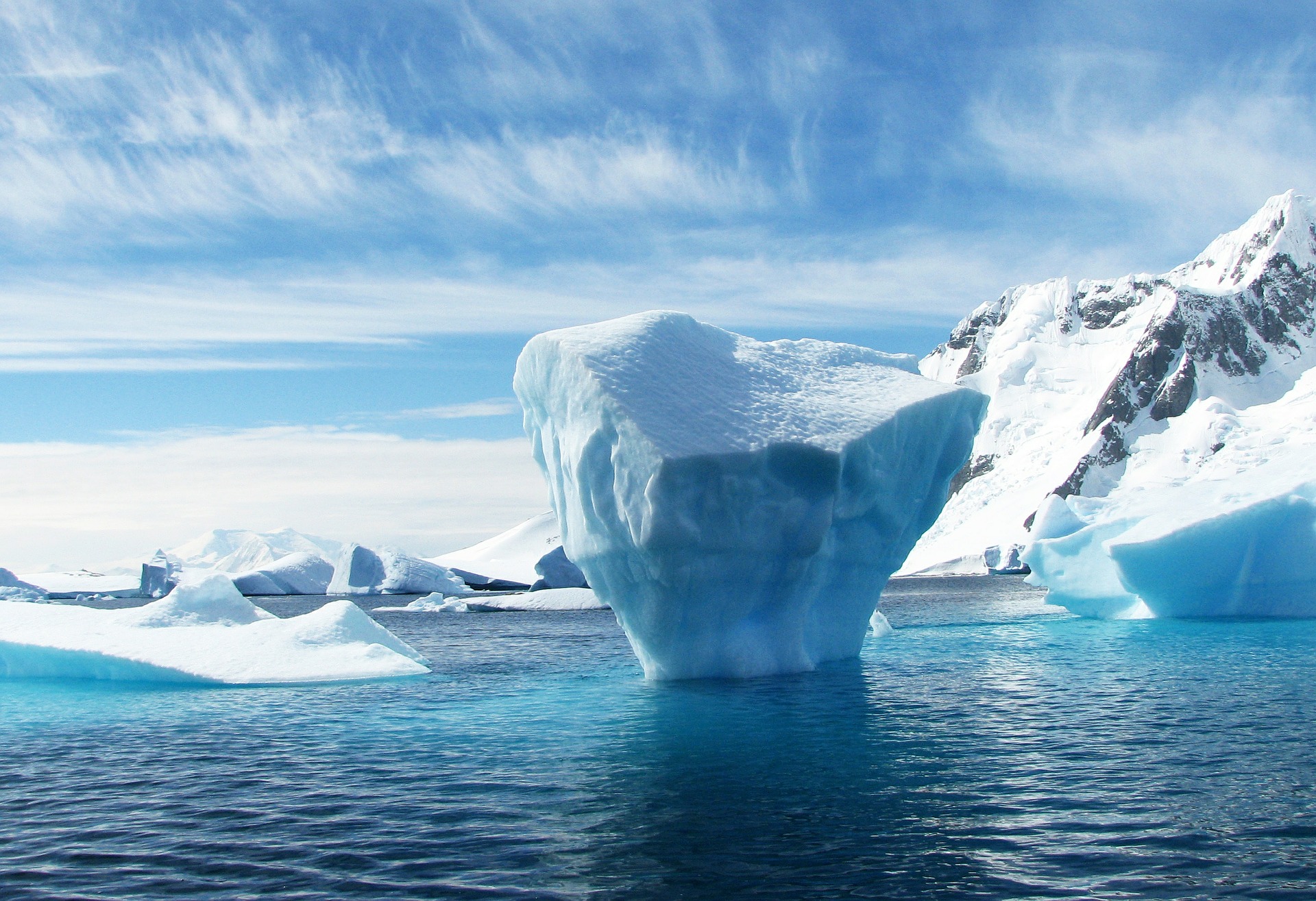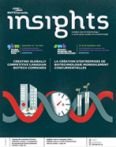Conquering the South Pole and Lessons for Biotechs
How the Norwegians conquered the South Pole while the well funded and well resourced British all died on the way back & how that applies to biotech
December 14th, 2016 marked the 105th anniversary of the first expedition to the South Pole by the Norwegian Roald Amundsen, trained by the Inuit in Canada. Famously, the second place finishers, a British team led by Robert Scott, showed up at the South Pole 34 days later. Despite starting the race much earlier with significantly more men and resources, the Brits not only faced defeat, but also died on the return journey.
This race in many ways reflects two different business models. What we can learn from it is especially applicable to biotechs and pharma.
Why would the underdog end in triumph and the other well-stocked team in tragedy?
The Nordics Were Coached by the Inuit – Experience Matters
Amundsen had just completed a 3 year journey successfully crossing the Northwest Passage. During that period he spent many months stuck in ice, so he had a lot of downtime to learn from the Inuit how they kept alive in extreme conditions. Thus, the Norwegian came to the southern hemisphere with what was then the cutting-edge in polar technology: Dog sleds, igloo-building techniques and loose-fitting fur parkas.
Amundsen’s subject matter experts (the Inuit) were like a team of experienced pharma drug developers who know the latest drug development techniques and the regulatory/business development/reimbursement landscape. Trekking to the South Pole is like trying to get a new drug or device to approval; it is not something you want to learn “along the way.” By leveraging a team of experienced drug & device developers you can predict and plan your success. Good advice is not cheap but can save your company millions of dollars down the road and can ultimately be the difference between success and utter failure. In case of Amundsen, good advice saved his life.

The Norwegians Carried as Little as Possible – Stay Lean & Use Your Dollars Wisely
The British had a very large entourage and had planned a big military-style conquest of the pole: lots of men, lots of supplies and a careful, slow, deliberate route to their target. The Norwegians, by contrast, showed up at the last minute with a trim expedition designed for speed. They basically raced to the pole and raced back.
This speaks to “focus” in drug development and allocation of resources. We believe virtual drug development, in which the most experienced development minds can be accessed on ad-hoc basis, is the most efficient route for keeping a biotech start-up lean. Many biotechs like the brick and mortar model with many FTEs and large and impressive facilities. Even some investors encourage empire building. However, empires are rarely efficient or nimble, and if development milestones are not met on time and budget, funding disappears and the venture fails.
Roald Amundsen's South Pole party, en route to the pole November 1911 (Source: Wikipedia)
The Norwegians Didn’t Do Any Science – Stay Focused on Tangible Development Goals
Scott viewed his expedition the way NASA views space missions today. He planned to mark a “first” for his home country, but he would also gather as much science as he could while doing it. He and his men took magnetic readings, studied the local penguins and worked through a checklist of geology experiments. Amundsen treated his expedition like summiting Mount Everest: get in, plant a flag and get out. The lack of distractions helped.
Biotechs are often founded by groups whose interest and experience are primarily in research rather than development. Research is fun and interesting, development can be boring. Millions of dollars can be spent on interesting research with no product at the end of the day. Many fascinating experiments can give you interesting data, but won’t support filing an IND or get you the critical clinical data you need (value inflection).
Also sometimes, drug developers (both in biotech and large pharma) focus on grandiose clinical end points that are difficult (even impossible to reach) for the sake of “interesting science.” Great products can die because their complex primary end points are “impossible” to meet under any circumstances, never reaching the patients in need.
The British chose the “research” route, while the Norwegians were focused on the “development” route and their goal was a tangible milestone: “Be first to get in and get out.”

First-Mover Advantage
For the Brits, the worst was get to the middle of nowhere and then find out that some startup from Scandinavia had beat them to it. They risked life and limb, endured horrible conditions, all without the reward of being first. Unit cohesion is important in life-or-death situations like a polar expedition, and the crippling realization of coming in second place only brought extra gloom to an already gloomy scenario.
Remember that the first drug of each class that reaches the market gains the most market share. By being second you automatically lose significant market share and value.

Reduce Risk When You Can
Perhaps Scott’s biggest handicap can be gleaned from the outright hero-status he was afforded by his home country. The man had made real mistakes and was responsible for multiple deaths, and yet he was vaunted as the pinnacle of British toughness and sacrifice. Scott believed in the value of struggle, and it led him to take reckless chances like relying on man-sledges or leading his team through brutal Antarctic storms. Amundsen, by contrast, was more meticulous about not risking his expedition when he didn’t need to. He also knew when to turn back.
The heroic stories of both Scott and Amundsen offer valuable learning for biotechs. Using Amundsen’s approach of strategic use of expertise, staying lean and focused, and reducing risk is the best path for rapid and successful drug & device development.






